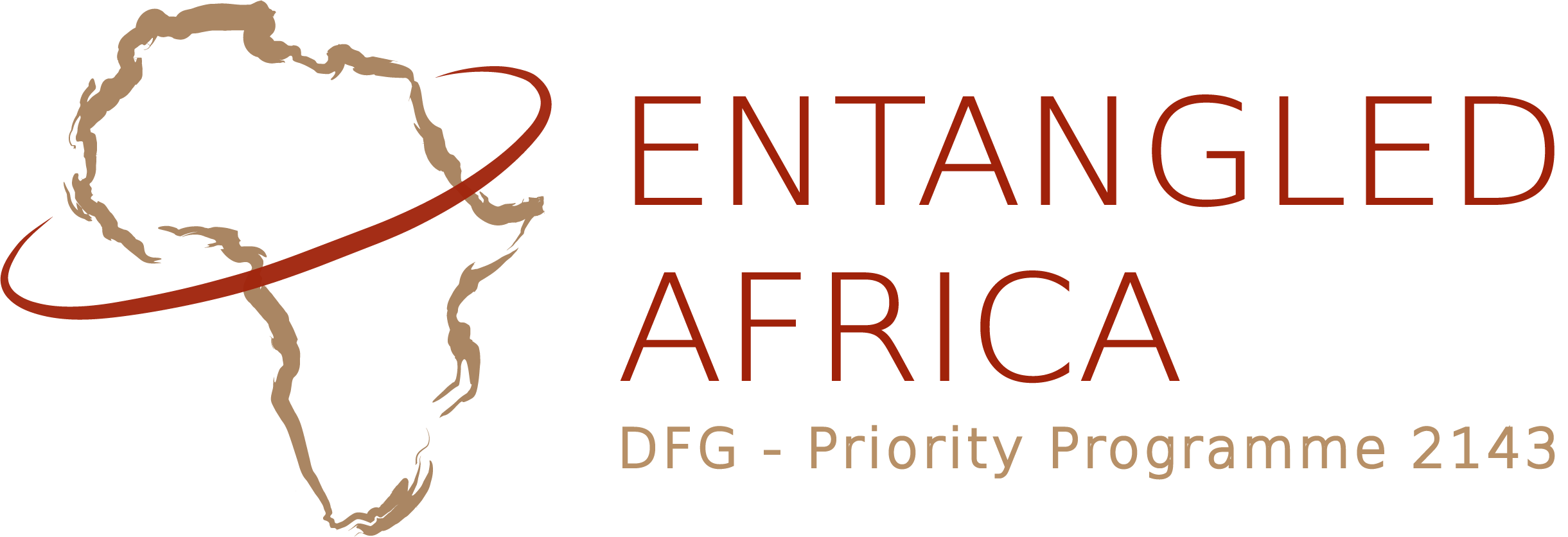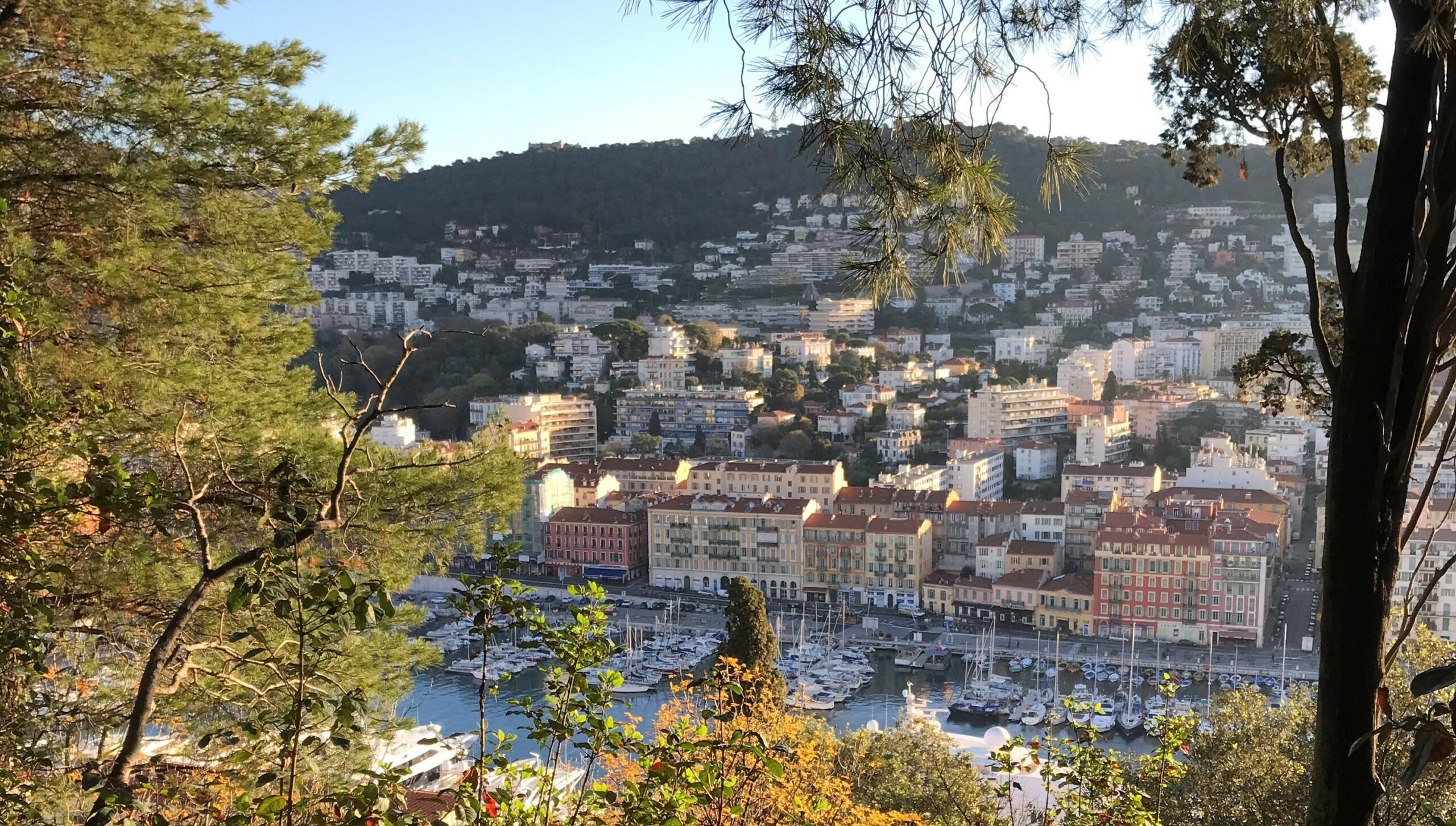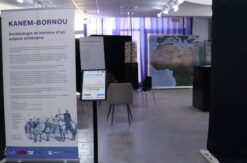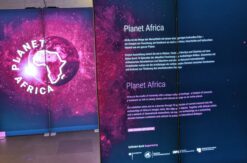The port of Nice in December (Attribution & Copyright: A. Höhn)
Anthracology WorldWide - "Cultivated Landscapes" as part of a new international network
Just before Christmas, a meeting of anthracologists from various parts of the world took place in Nice. Workshops on topics such as the use of artificial intelligence, database solutions and various software solutions for creating diagrams, but also excursions to archaeological sites (with charcoal finds, of course!) and the numerous lectures and discussions were just as stimulating as the exchange over breakfast or dinner. By invitation, Alexa Höhn represented anthracological research in tropical Africa and took away from these days concrete ideas for solutions to methodological problems and very many suggestions for collection, teaching and outreach projects.
The anthracologists met at the invitation of the interdisciplinary research Centre ” Cultures et Environnement, Préhistoire, Antiquité, Moyen Âge ” (CEPAM) at the University Côte D’Azur, from 12 to 17 December 2022. Despite the regional disparity from South America to Oceania, from the subarctic to South and West Africa, they all agree that there is room for improvement in the identification bases and databases, but also in the sensitization of archaeologists to charcoal sampling. Thus, the meeting served to build a network in which problems are discussed and solutions shared, and in which synergies will be created and used.
![Gruppenfoto [Attribution: ; Copyright: ]](https://www.dainst.blog/entangled-africa/wp-content/uploads/sites/11/elementor/thumbs/Gruppenfoto-scaled-q1wexei8540n98bwa2wcme6iumasvm7fsbb400gutc.jpg)
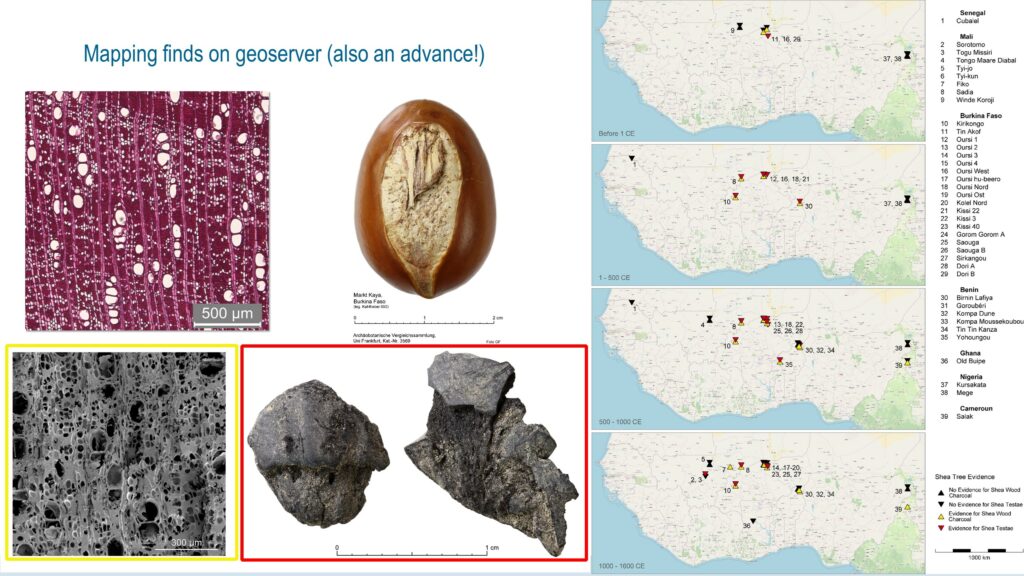
The institute in Nice is ideally suited for such a meeting, as several permanent researchers work there under the direction of Isabelle Théry on questions concerning the history of vegetation and the human influence on woody vegetation in Europe and beyond. In parallel to the well-visited day of presentations, theses currently conducted at the institute were presented as posters. Topics included the ecological variability of the wood anatomy of the strawberry tree in Corsica as well as the comparison of digital and optical microscopy or the use of artificial intelligence for charcoal classification. Nice also hosts a comprehensive comparative collection of charred recent wood samples from Europe, the Caribbean and various regions of South and North America.
The stimulating, collegial and cooperative atmosphere motivated the group to expand the network by means of future meetings. The anthracologists will not only stay in contact via an internet presence and the cooperation in the publication of charcoal type descriptions in a common server-based database, but also want to become more visible for other anthracologists around the world.
Alexa Höhn would like to thank the organizers, namely Elysandre Puech, Lydie Dussol, Auréade Henry and Isabelle Théry, all the other speakers, such as Émilie Dotte-Sarout, Rita Scheel-Ybert, Marion Bamford, Claire Alix, and all the participants on site and digitally for an inspiring meeting.
![Sammlung1 [Attribution: ; Copyright: ]](https://www.dainst.blog/entangled-africa/wp-content/uploads/sites/11/elementor/thumbs/Sammlung1-scaled-q1wexoug8afnhtxb3tdxohblymk554b9dyq7bhtybk.jpg)
![HK_Terraamata [Attribution: ; Copyright: ]](https://www.dainst.blog/entangled-africa/wp-content/uploads/sites/11/elementor/thumbs/HK_Terraamata-q1wexi9kwg6n8k6v68jjp0zdsxgkn8l5125syk3pj4.jpeg)
